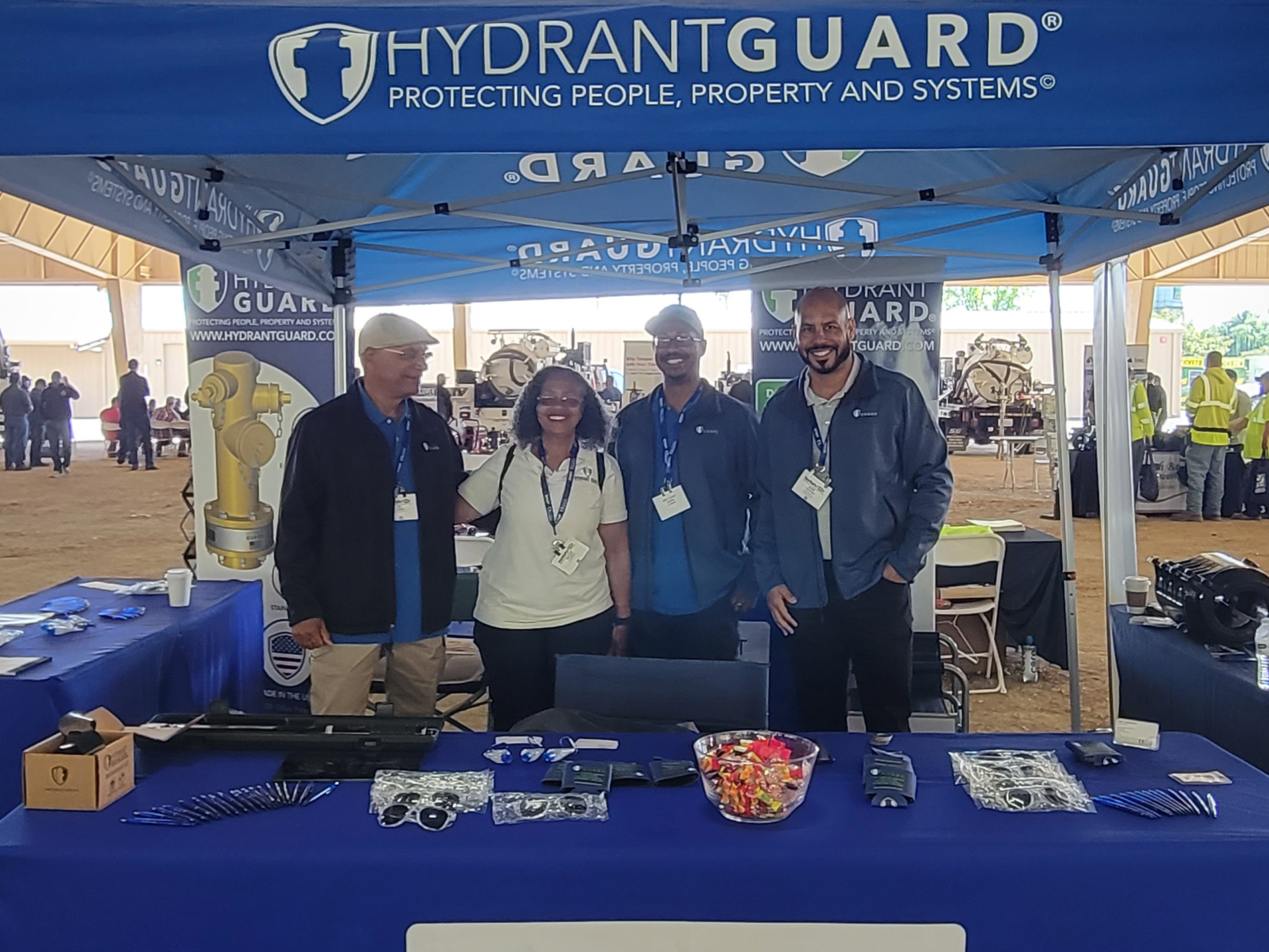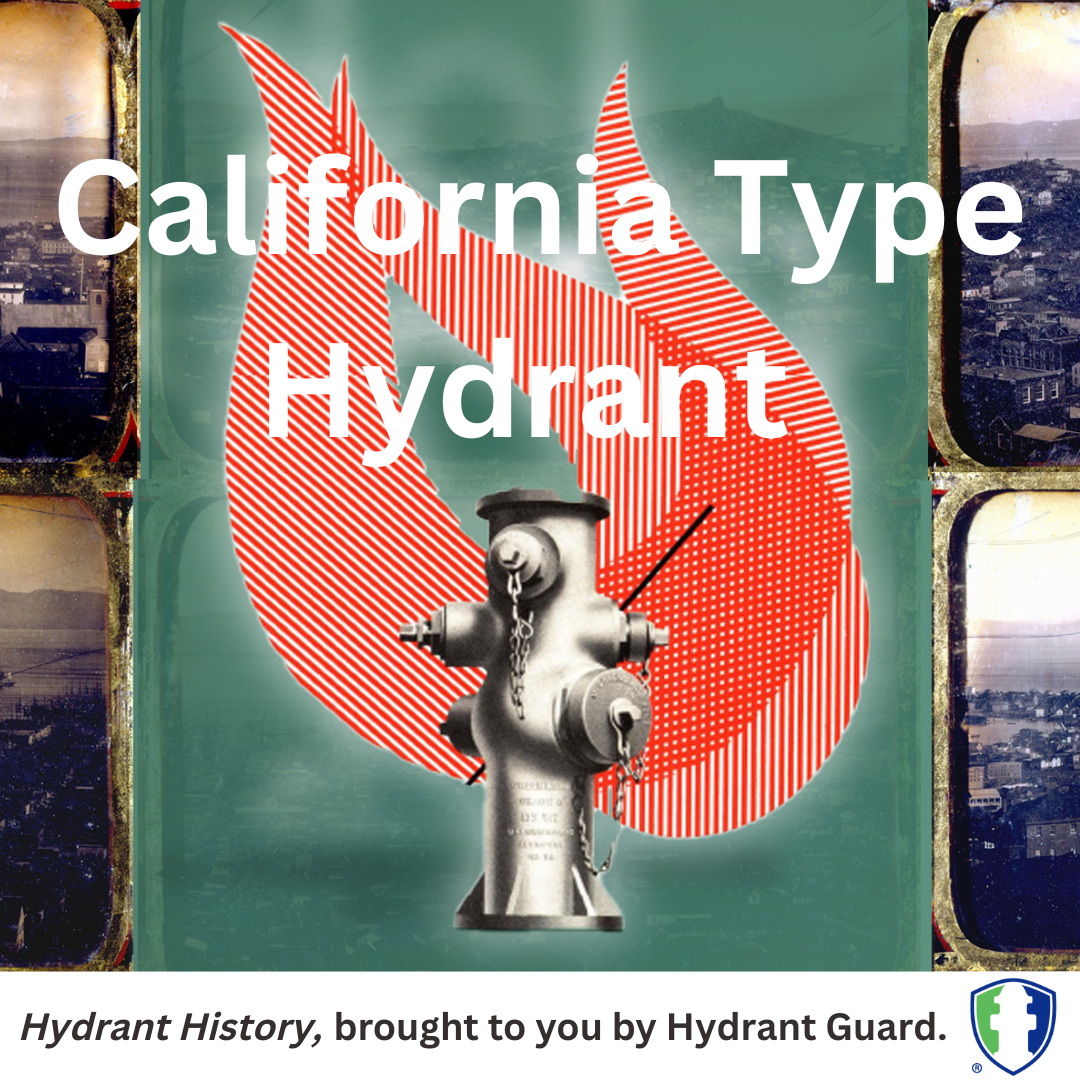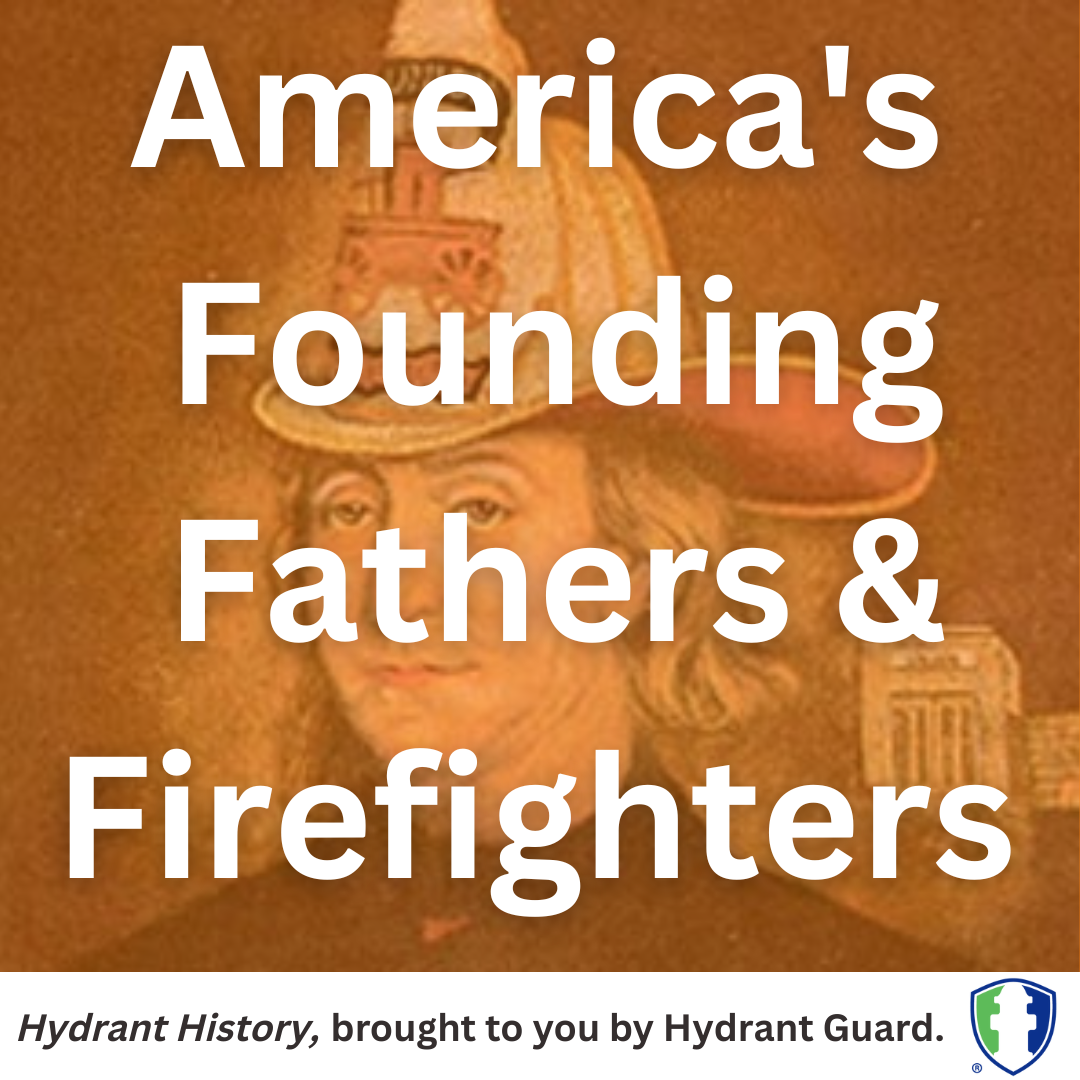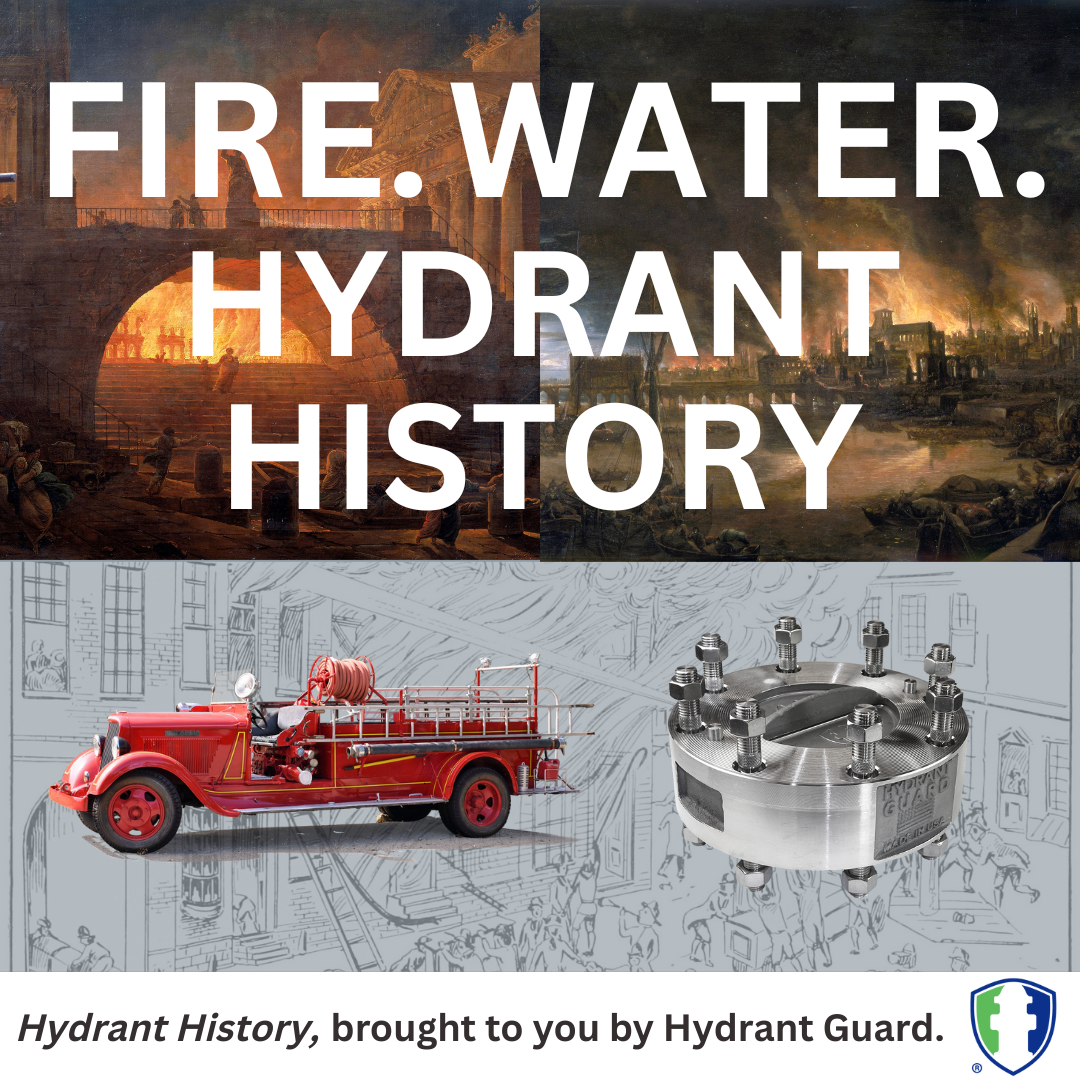2023 WaterWisePro Maintenance & Construction Expo Recap
Over 200 vendors and 1,000 attendees joined us at the Water Wise Pro Maintenance & Construction Expo in Pleasanton, CA last week. The Hydrant Guard + Advanced Conservation Management touched base with existing customers and friends, and made dozens of new connections among attendees. A special shout out goes to Steve Hernandez of WaterWisePro for putting on this event.










